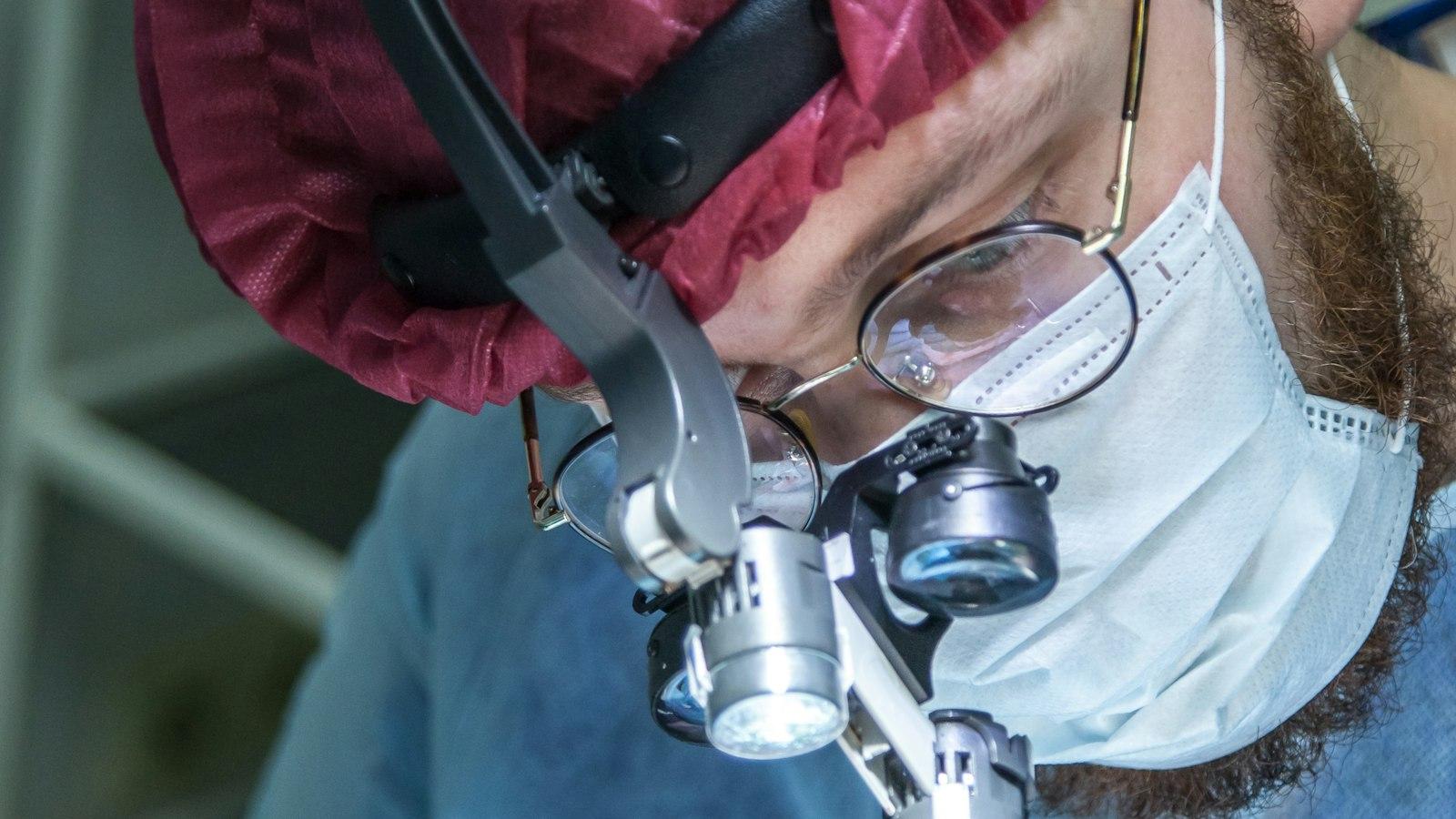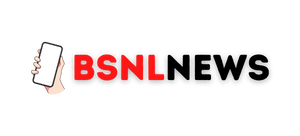Unveiling the Gateway to Remarkable Healthcare: EMRs Taught to Apply
The Potential of Electronic Medical Record Systems (EMRS) in Transforming Healthcare
Electronic Medical Record Systems (EMRS) are revolutionizing the healthcare industry, bringing with them a myriad of potential benefits. These innovative systems have the power to transform the way healthcare providers deliver care, improving patient outcomes, enhancing efficiency, and reducing costs. With features such as real-time access to patient information, streamlined communication, and advanced data analysis capabilities, EMRS are empowering healthcare professionals to provide higher quality care.
One of the key advantages of EMRS is their ability to centralize and organize patient information. Gone are the days of searching through stacks of paper records or relying on patients to remember their medical history. EMRS allow healthcare providers to efficiently access and update patient data, ensuring that all necessary information is readily available. This not only saves time, but also reduces the likelihood of errors caused by incomplete or inaccurate records. Furthermore, EMRS enable seamless collaboration among healthcare teams by facilitating the sharing of information and test results, promoting better coordination of care.

Factors to Consider when Implementing EMRS
Implementing an Electronic Medical Records System (EMRS) can bring numerous benefits to healthcare organizations, including improved patient care, streamlined operations, and increased efficiency. However, before diving headfirst into the implementation process, it is important to consider several factors to ensure a successful transition.
1. Budget and Cost: Financial considerations play a crucial role in the implementation of EMRS. Organizations need to determine the initial investment required for software, hardware, training, and ongoing maintenance. It is essential to create a realistic budget that includes not only the implementation costs but also the long-term expenses associated with EMRS, such as software upgrades and technical support.
2. Staff Training and Support: Adequate training is essential for a successful EMRS implementation. Healthcare professionals need to be trained on how to use the system effectively, ensuring they can navigate through the software, enter patient data accurately, and access necessary information efficiently. Additionally, organizations must consider the availability of ongoing technical support for troubleshooting and addressing any issues that may arise. This support can be in the form of an in-house IT team or a third-party service provider.

Best Practices for Effectively Utilizing EMRS in Clinical Settings
EMRs, or Electronic Medical Records, have revolutionized the way healthcare professionals manage patient information. In order to effectively utilize EMRs in clinical settings, it is important to follow certain best practices that can enhance efficiency and streamline workflows. Here are some key strategies to consider:
1. Standardize data entry: Consistency is crucial when inputting information into EMRs. Establishing and adhering to standardized protocols for data entry ensures that all data is organized in a uniform manner, making it easier to access and analyze when needed. Consider creating templates or forms that capture essential patient information, such as medical history, allergies, and medications, in a structured format.
2. Incorporate decision support tools: EMRs offer valuable features like decision support tools that can assist clinicians in making well-informed decisions regarding patient care. These tools can range from medication dosage calculators to automatic reminders for preventive screenings. By maximizing the use of decision support tools, healthcare providers can promote patient safety, reduce errors, and enhance overall quality of care.
With the implementation of these best practices, healthcare professionals can take full advantage of EMRs in clinical settings. By standardizing data entry and incorporating decision support tools, providers can streamline workflows, increase efficiency, and ultimately improve patient outcomes. EMRs are an invaluable tool in modern healthcare, and utilizing them effectively can greatly benefit both healthcare providers and their patients.
In Summary
As we wrap up our exploration of “emrs tgt apply,” it is clear that this innovative concept holds vast potential for various industries and fields. From revolutionizing healthcare to streamlining administrative tasks, Electronic Medical Record Systems (EMRS) have become indispensable tools in our modern world.
With their user-friendly interfaces and extensive functionalities, EMRS have successfully bridged the gap between healthcare providers and patients. The seamless integration of digital medical records, scheduling, and billing systems has unleashed a new era of efficiency and accuracy in healthcare management.
While initially met with skepticism, EMRS have proven their worth time and time again. Gone are the days of lost or misplaced paper charts, as these virtual repositories of patient information have become central hubs for medical professionals. Physicians can now access vital data at the click of a button, allowing for more comprehensive and personalized care.
Furthermore, EMRS have extended beyond just the healthcare sector. Other domains, such as legal, research, and education, are also reaping the benefits of adopting electronic record-keeping systems. The speed and ease with which information can be accessed and shared have revolutionized the way these industries operate, promoting collaboration and innovation.
As with any technological advancement, there have been challenges and concerns surrounding the implementation of EMRS. Security and privacy issues remain significant hurdles to overcome, as efforts must be made to safeguard sensitive patient data from cyber threats. Additionally, the cost of adopting and maintaining these systems presents financial obstacles for smaller healthcare providers or organizations.
However, with continued advancements in technology and the tireless efforts of professionals in the field, these challenges can be addressed and overcome. EMRS have shown undeniable progress, providing us with a glimpse into the possibilities of a digitally connected future.
In conclusion, the adoption of EMRS has revolutionized countless industries, propelling them into a more efficient and interconnected realm. As we continue to explore and refine this concept, it is crucial to prioritize privacy, security, and accessibility for all users. By doing so, we ensure that “emrs tgt apply” can unlock its full potential and continue to empower professionals across various fields.

